On an almost daily basis I see people who are hunting something different. What I mean is they are fed up with the hustle and bustle of modern life. They are fed up with everything associated with the industries today that are governed by money rather than efficiency. Many are learning to be self-sufficient.
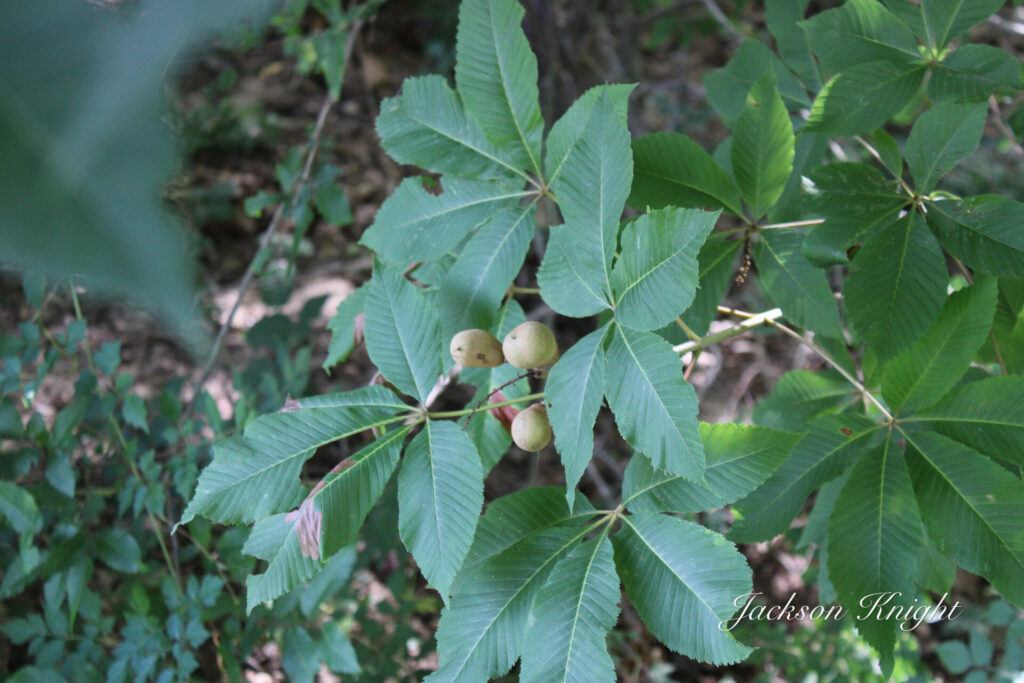
I see many that are growing their own food and learning the old ways of doing things that worked for centuries. I like so many I encounter are interested in many of these old and mostly lost ideas. One of the things that I personally am interested in is natural medications. I am at this writing 67 years old and I do not take any medication of any kind nor does my wife. We are thankful for this and hope it remains that way as long as we live. We also hope to live long productive lives.
I have on more than one occasion seen books offered that taught about utilizing wild plants to eat and medicate. For me anyway it would get overwhelming. First off it utilized plants from all over the world or at least not my local area.
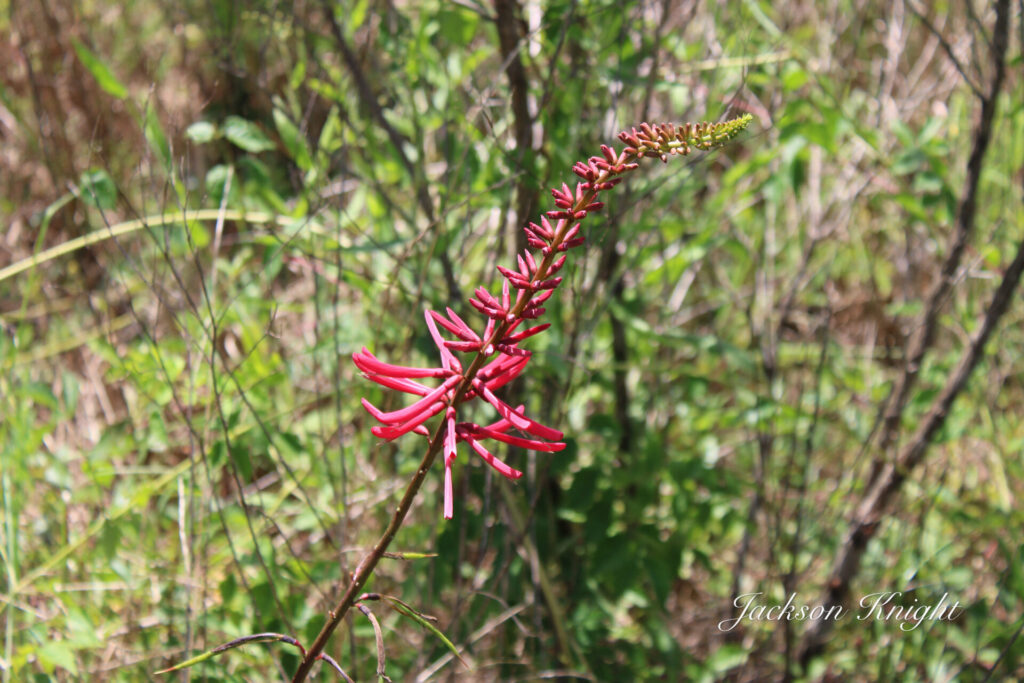
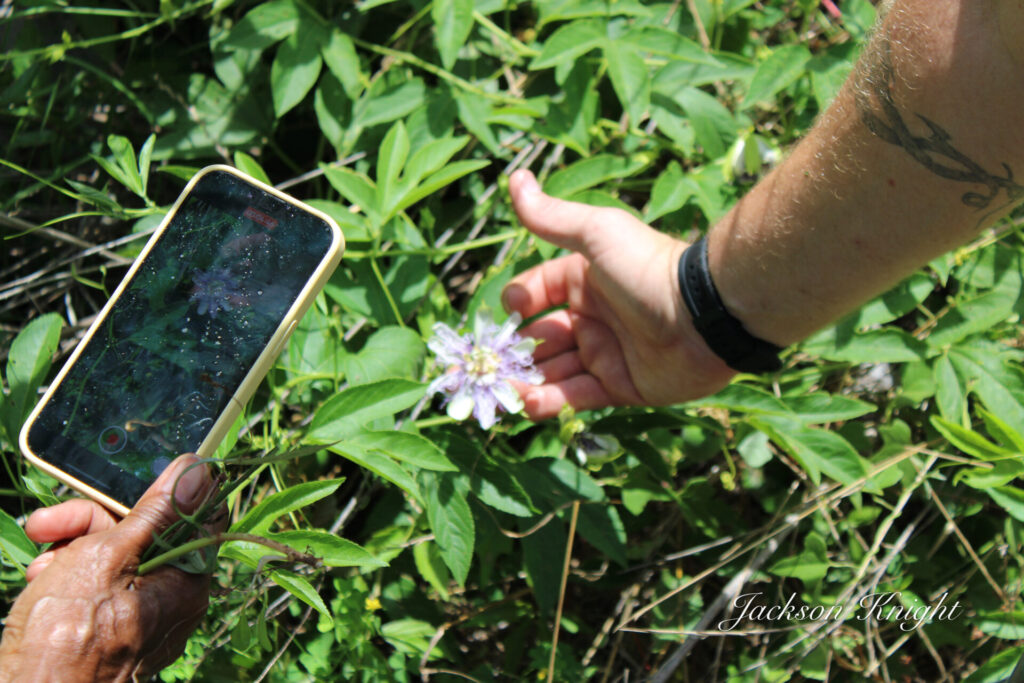
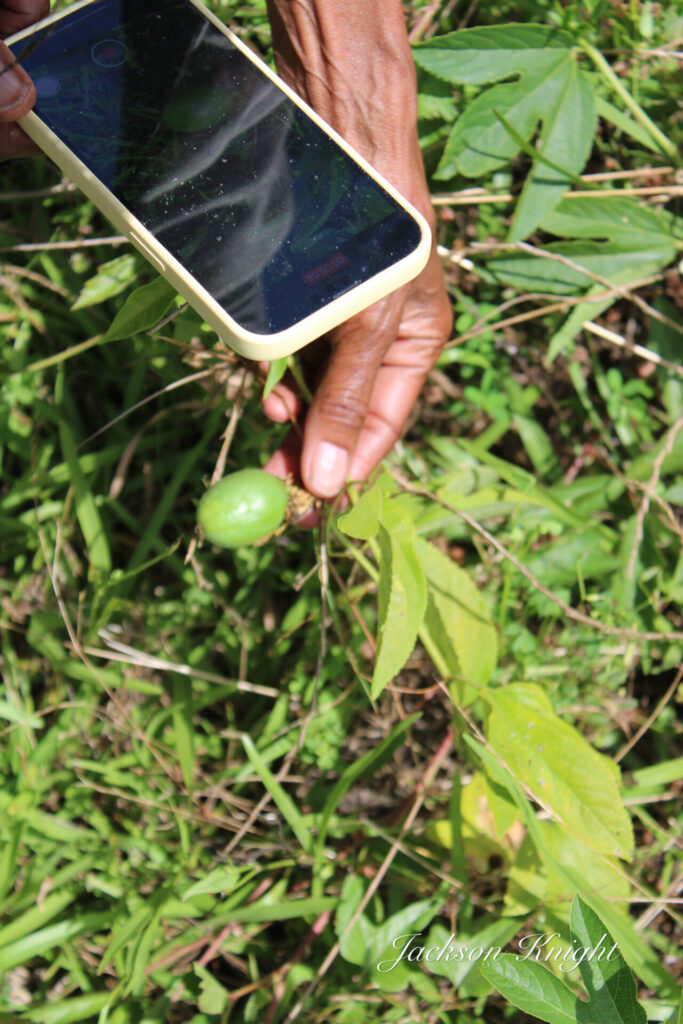

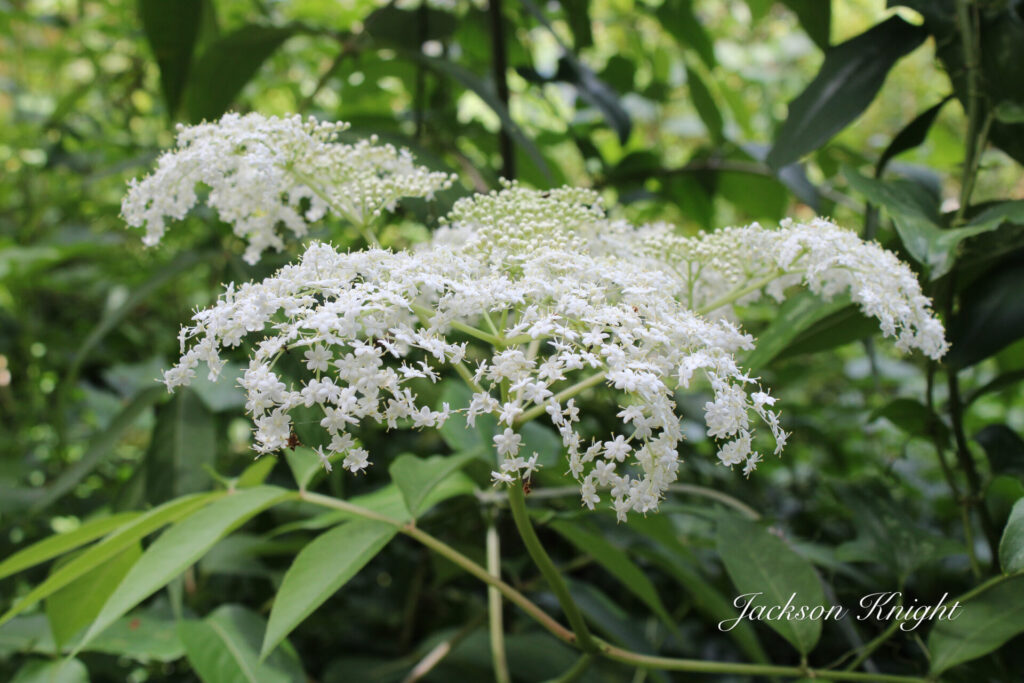

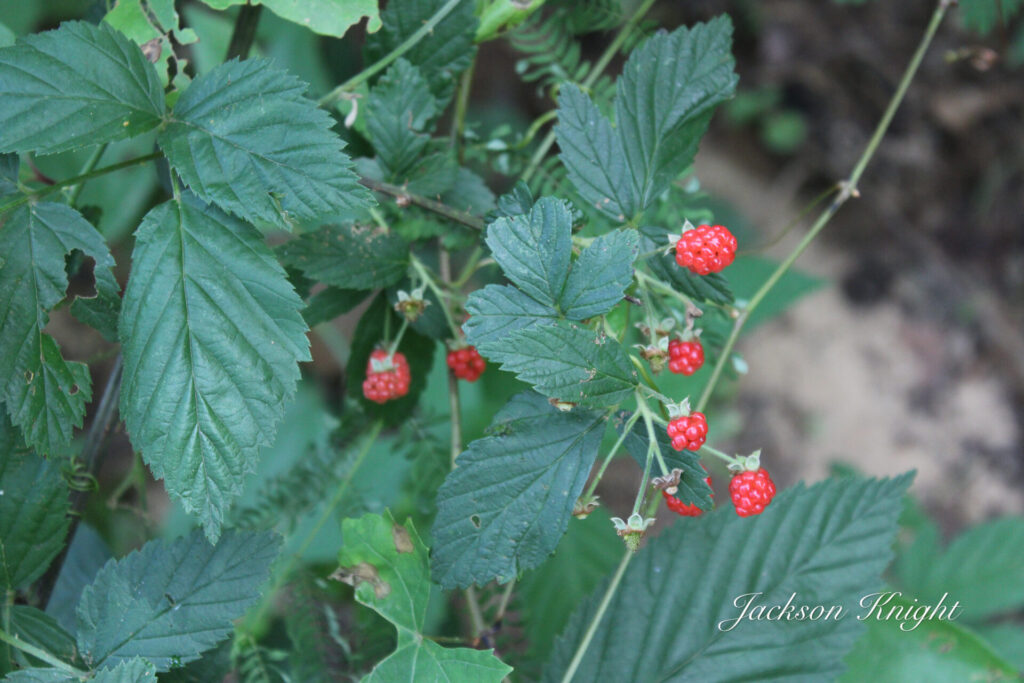

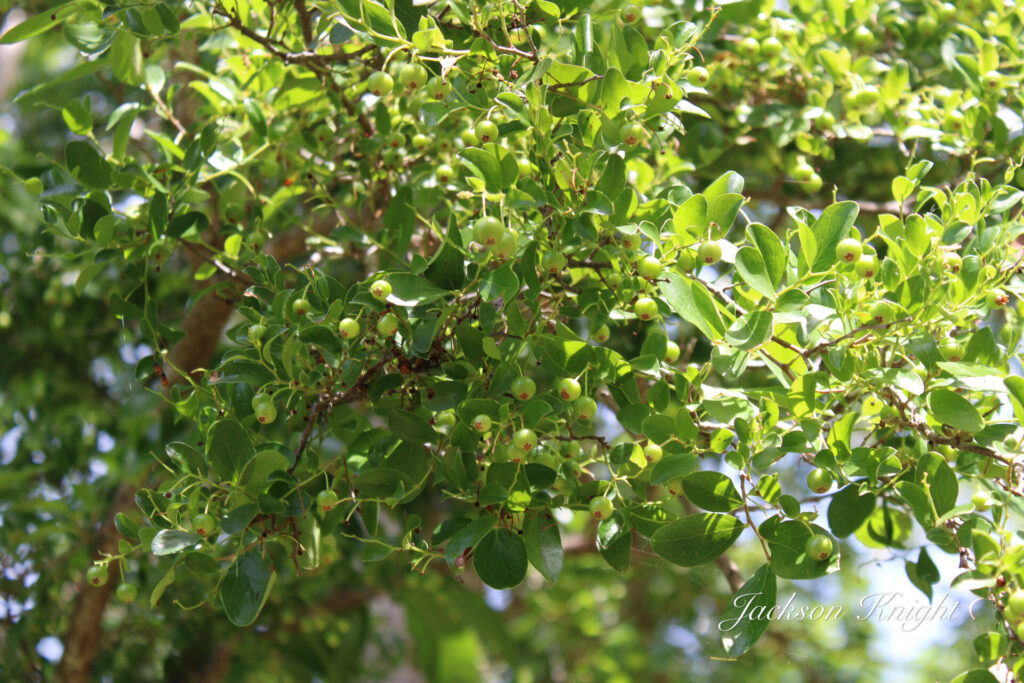
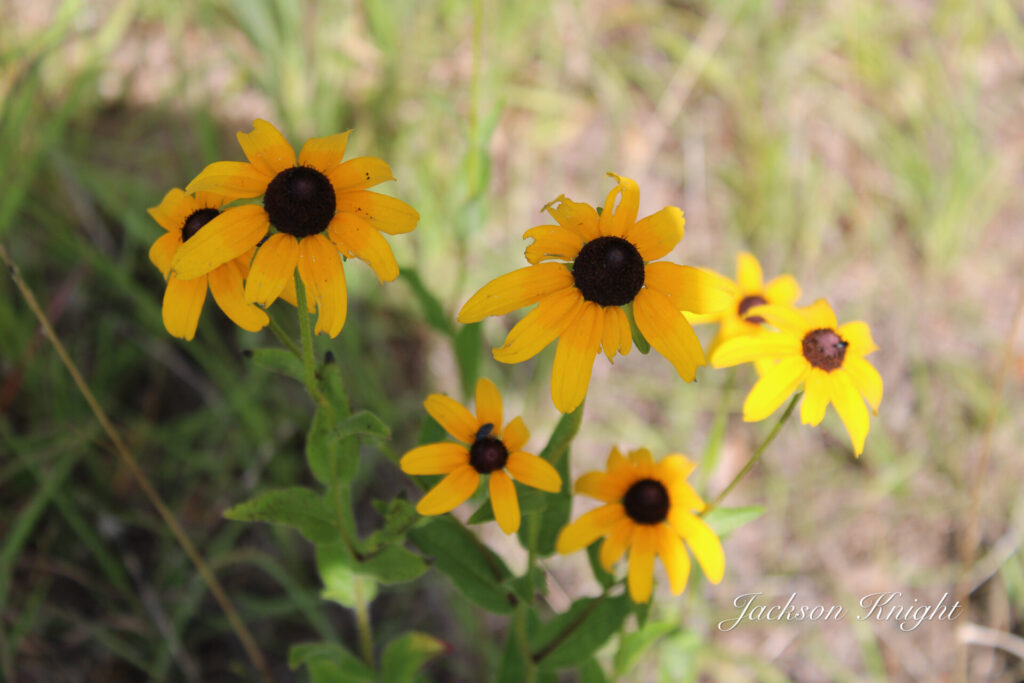
Recently I have started noticing people on social media talking about plant walks. My curiosity was spurred. Exactly what is a plant walk, and what happens at one? Those were two questions I wanted to find out the answer to.
A few weeks ago my friend Demp Bell messaged me and asked me to come to one. He owns Cornwallis 1828 which is a very interesting and unique place in the Alabama Black Belt. I serve as one of the Pro Staff Photographers for Cornwallis 1828.
I was eager to get this on my calendar. It was a Saturday morning event. I made the drive up and was waiting when others started to arrive. I was introduced to a young man named Kyle Fuqua. He was the guy who was leading the plant walk. It did not take two minutes to realize he was a walking encyclopedia on plants. I was both shocked and amazed at his knowledge.
Within a few minutes others started to arrive. Demp had coffee, muffins, juice, milk and other things on hand for those attending. As always everything I have ever participated in at Cornwallis 1828 was done with perfection.
As we started one of the first things I learned was that in the short distance we were going to walk Kyle had scouted the evening before. He said he had identified over 80 plants within a short distance of the trails he had covered. I would estimate the distance to be ½ mile approximately.
Once we got started it was incredible to follow along and learn. Over the course of the next three hours, we learned that you can make cookies or bread from persimmons that grow wild. We learned that you could utilize the leaves and balls from a Sweetgum Tree to create the equivalent of Tamiflu to treat cold or flu.
We learned that Ragweed is very nutritious and that although most people think they are allergic to Golden Rod but, it is Ragweed that causes the allergy. Ragweed is at the right stage at the same time as the Goldenrod blooms. That is why folks blame the Goldenrod for their allergies.
We learned that you could put white clover in soups and stews. The numbers of other plants that we learned you can eat is just unreal. I have spent countless hours in the woods in my lifetime and I had no clue that many were nutritious and edible.
We found out that what we commonly call Begger lice can be utilized as an antibiotic. Curley dock roots can be used as an anti-parasitic.
Kudzu, of all things, astounded me. You can eat the leaves; you can take the roots and make flour. Kudzu flowers are edible and can be used to make jelly.
It just goes on and on and on as to what works for what. Another thing we learned was that many times moss will have chiggers in it so stay away from it.
Beauty Berry can be used as a natural mosquito repellant, as well as other things. Saw briar leaves can be used to make a tea that is good for the common cold. Dog Fennel can be used on the skin for bug bites but will shut your liver down if you ingest it.
It is intriguing, literally that there are so many things right there around you that you walk and drive past daily that can serve so many purposes in everyday life. Many can be eaten. Many can be used as medications. Many are poisonous. Many that are poisonous can be used if they are prepared correctly.
Discussion was made before we all left as to the possibility of doing future plant walks. I highly recommend to anyone that is remotely interested to find Cornwallis 1828 on social media and watch for upcoming events of that type. I truly believe that pretty much anyone would benefit from the knowledge that is passed on through these events.
Cornwallis 1828 is a special place in the Black Belt Region of Alabama. It is a place of learning and history. Children can roam free and be safe. I know I plan to be at the next plant walk that is held and I cordially invite you too as well.
I am so glad that you were able to photograph the many wonderful plants that thrive at Cornwallis1828! I had planned to go, but an unexpected opportunity to visit with my brothers and sisters arose and I had to opt-out.
I love the land of Peter Newport Braggs that need w belong to Demp. Perhaps we will have a chance to meet in the future.
I love to visit Cornwallis 1828.